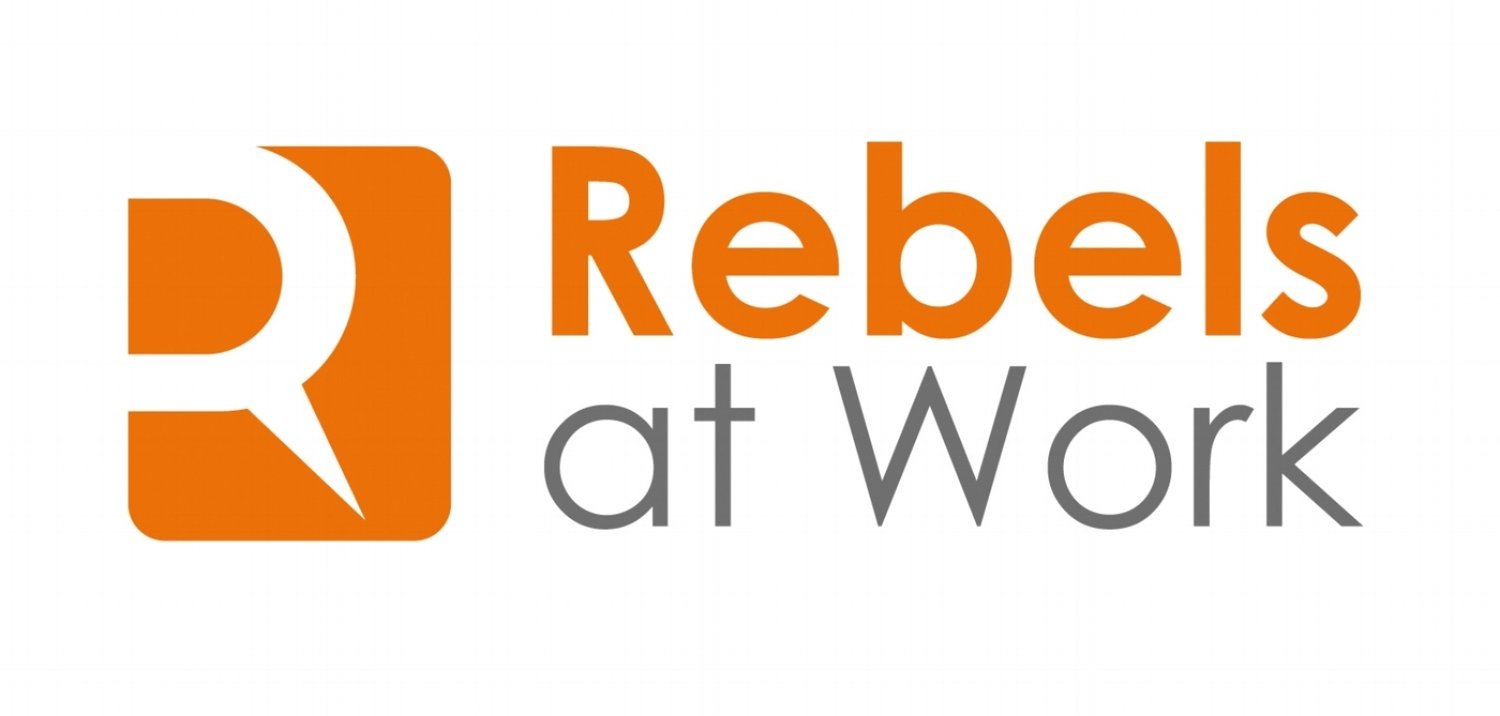When we corporate rebels  disagree, it signals we care about an issue. That we want to wrestle with it to find better approaches. So why do people so often try to shut us down?
Many people think disagreeing means that we're being unkind and insensitive. Or impolite. (Egads!) "Let's take this off line," they say.
disagree, it signals we care about an issue. That we want to wrestle with it to find better approaches. So why do people so often try to shut us down?
Many people think disagreeing means that we're being unkind and insensitive. Or impolite. (Egads!) "Let's take this off line," they say.
What's unkind to me is pretending an uncomfortable issue doesn't exist when everyone knows it does. There's a tension at work when this happens. Nothing is moving forward, corporate inertia is draining us, and we're becoming ever more skeptical about the cry for greater collaboration.
Furthermore, the longer an issue is ignored, the more frustrated and demoralized people become. Even worse, trust and respect among people erode. And when that's gone, the organization gets crippled.
"When someone comes to a meeting and states an opinion or makes a suggestion that his teammates don't agree with, those teammates have a choice: they can explain their disagreement and work through it, or they can withhold their opinion and allow themselves to quietly lose respect for their colleague," says organizational health consultant Patrick Lencioni in his excellent book The Advantage: Why Organizational Health Trumps Everything Else in Business.
"When team members get to choose the latter option -- withholding their opinions -- frustration inevitably sets in. Essentially, they're deciding to tolerate their colleague rather than trust him."
More than most, we rebels see healthy dissent as a team sport, where everyone with something to contribute is expected to contribute. If you don't speak up your silence can be interpreted to mean that you agree and have nothing to add.
We view dissent as a way of together getting stronger, like a team preparing to hike Mt. Everest. All the potential issues are honestly discussed and worked through to increase the likelihood of a successful expedition where no one gets hurt. We're fed by the positive energy around these conversations. We appreciate and value what our colleagues have to say.
We also listen fiercely and ask frank questions. It's about inquiry vs. preaching. But most organizations practice advocacy instead of inquiry in their conversations, say Sue Annis Hammond and Andrea Mayfield in The Thin Book of Naming Elephants.
"Advocacy is a win-lose form of communication...each person is trying to convince the other that he or she is right and there is only one right answer. Dialogue assumes people see the world differently...each person assumes he or she can learn something new from others."
Practices for inviting healthy conflict
So what can you do to move from advocacy to inquiry? To help foster healthy dissent vs. angry debates? Here are some suggestions.
- Establish agreements: set some guiding principles at the start of a meeting and keep them posted on the wall as a reminder. If someone starts to violate an agreement, bring everyone's attention back to the list on the wall. Here are some guiding principles that I have found helpful:
- Judge ideas, not people.
- Focus on solutions and ways forward; stay away from drama and problems.
- Observations are more useful than opinions.
- Let each person complete their thought; avoid interrupting.
- Ask questions that illuminate, not interrogate.
- Ask questions that are brief and to the point without adding background considerations and rationale, which make the question into a speech
- Respect other people's truths.
- If you want your views to be heard speak now. Not later in backroom side conversations.
- Set the tone: Open the meeting by going around the room and asking everyone to respond to a soft but relevant question where there is no right or wrong answer. No one comments on what a person says, just respectfully listens. This helps to put people at ease, build personal connections, make sure everyone's voice is heard, and get comfortable with listening. I recently asked a group about the most creative thing they had done outside of work in the past month. The answers were hilarious, and that laughter set a relaxing, collegial tone to dig into important issues.
- Set up what's at risk: Frame the conversation by succinctly stating what's at risk and why it's so important to debate the issue and get everyone's views. This focuses the conversation and reminds people why it's worth their time and honest input.
- Make sure you have enough time. Issues worthy of inquiry and debate usually require more than the typical one hour time allotment. One hour meetings are good for updates and touching base. Strategic conversations where we value everyone's involvement need more like three hours, maybe a even a day or more.
- Facilitate or use a facilitator. Effective facilitators carefully listen, guide, inject good questions to open up new conversation veins, move people off dead horses, prevent any one person from hogging the conversation, help the group to recover if someone has said something hurtful, and adhere to the meeting agreements. If you are facilitating, know that it will be difficult to participate. As a participant you're focused on the ideas not the meta conversation. Understand what role you'll be playing, participant or facilitator.
- Ask the wind-down question. It usually gets to the real issues: About 30 minutes before the meeting is to end ask, "What hasn't been said that should? Is there something you feel we've been avoiding? If we never talked about this issue again, would you feel satisfied that we honestly examined all the important aspects of it? If not, what needs to be said?" Inevitably someone speaks up and speaks the truth and the real conversation starts.
- Close with insights: After summarizing highlights and next steps, ask everyone to briefly respond to a closing question, which further respects views and makes sure voices are heard. Possible closers might be:
- How did your thinking on this issue shift?
- What one thing did you find most useful from the discussion?
- What was the high point of this discussion for you?
For more helpful ideas on facilitating healthy dissent, read Carmen's post, "Advice for Managers: Do You Make It Easy for People to Disagree with You?"
